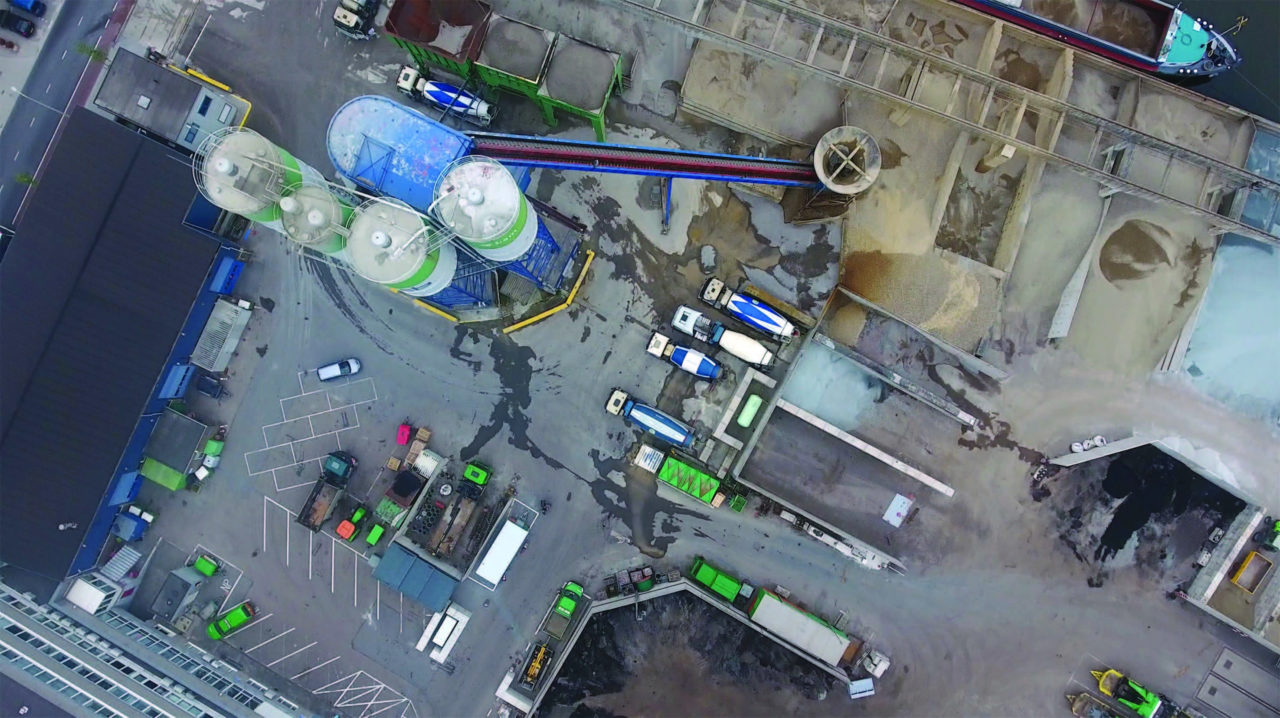NLN x Rotterdamsebaan - Six Degrees of Separation
Six Degrees of Separation - Excavated Stories from the Rotterdamsebaan
Six Degrees of Separation was een gezamenlijk tentoonstellingsproject van de master
Bezoek aan de Victory Boogie Woogietunnel
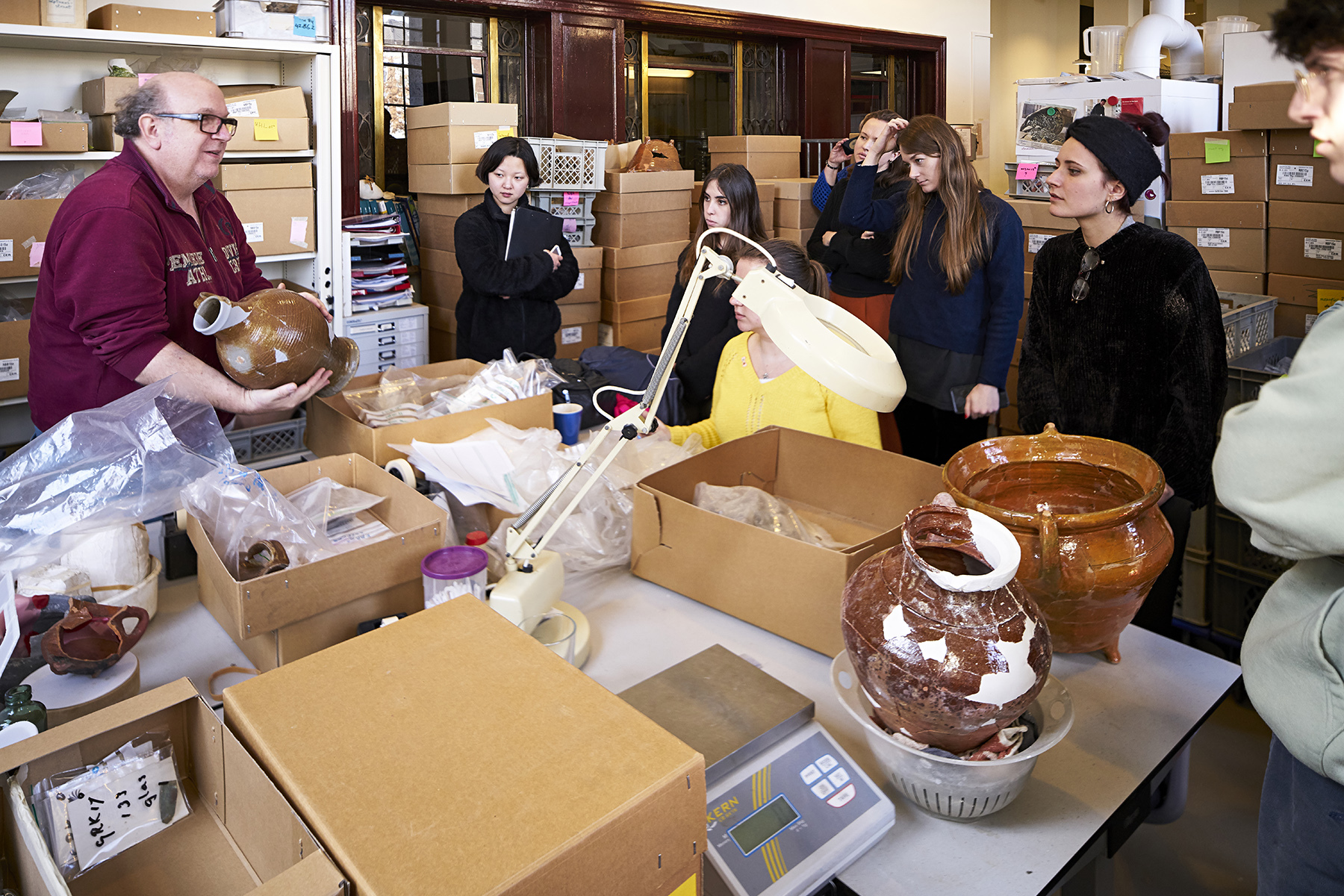
Vanaf het begin van de bouw van de Rotterdamsebaan zijn archeologische onderzoekers betrokken geweest. In 2005 werd duidelijk dat de weg door een goed bewaard gebleven archeologisch landschap zal lopen. Sinds 2010 hebben archeologen van de gemeente Den Haag daarom onderzoek gedaan naar de locatie waar de nieuwe weg wordt aangelegd en dankzij de vroege samenwerking zijn historische vondsten tijdig ontdekt en veilig gesteld.
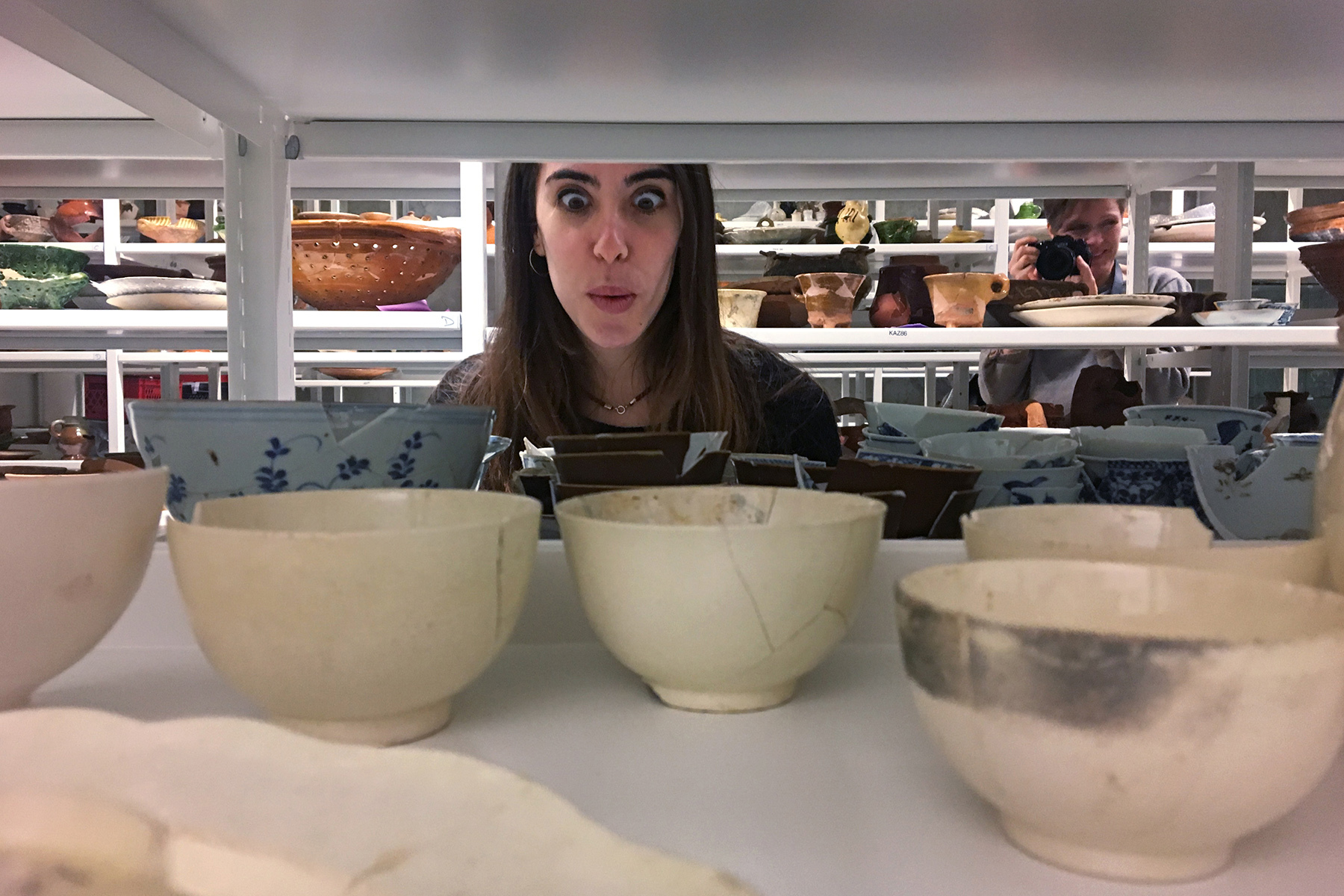
Het project Six Degrees of Separation bood studenten van Non Linear Narrative directe toegang tot archeologische vondsten die werden gedaan, om deze vervolgens opnieuw te kunnen contextualiseren en verbinden aan hedendaagse vraagstukken die in Den Haag spelen.
Gastlezingen en experts
Tijdens het project zijn speciale gasten en experts betrokken om de nauwkeurigheid van de informatie te garanderen en problemen vanuit verschillende perspectieven te bekijken:
- Peter Stokkel en Corien Bakker van de Haagse afdeling Archeologie gaven inzicht in de fascinerende methoden en uitdagingen van het bewaren en interpreteren van historische objecten.
- Paul Janssen, projectdirecteur van de Rotterdamsebaan, bood een kijkje achter de schermen van het project.
- Om een kritisch beeld te krijgen van de impact van de Rotterdamsebaan, hebben studenten Willem Jan van der Gugten (Benthem Crouwel Architects), kunstenaar en curator Sabrina Lindemann en de Haagse politicus Joris Wijsmuller geïnterviewd en geraadpleegd.
- Tijdens het semester werd ook een aanvullende expertbijeenkomst georganiseerd bij Stroom Den Haag met presentaties van de Japanse kunstenaar Nishiko, ontwerper Lonny van Ryswyck van Atelier NL, stadsstrateeg Han Dijk (PosadMaxwan) en adviseur kunst en openbare ruimte bij Stroom Den Haag Vincent de Boer. Dit hielp studenten om de potentiële rol van openbare kunst en de verstrengeling ervan met stedelijke infrastructuurprojecten te begrijpen.
Videowerken van studenten
Cristina Lavosi - 'And It Looks to Me Like the End of an Era'
11:10 min, HD video
Lila Steinkampf -'Rebuilding The Hague'
9:30 min, video
Cyan Bae 'Amo Te Vita'
7:53 min, HD video
Mauro Tosarelli and Hattie Wade - 'Tunnel Vision'
HD video, 7 minutes
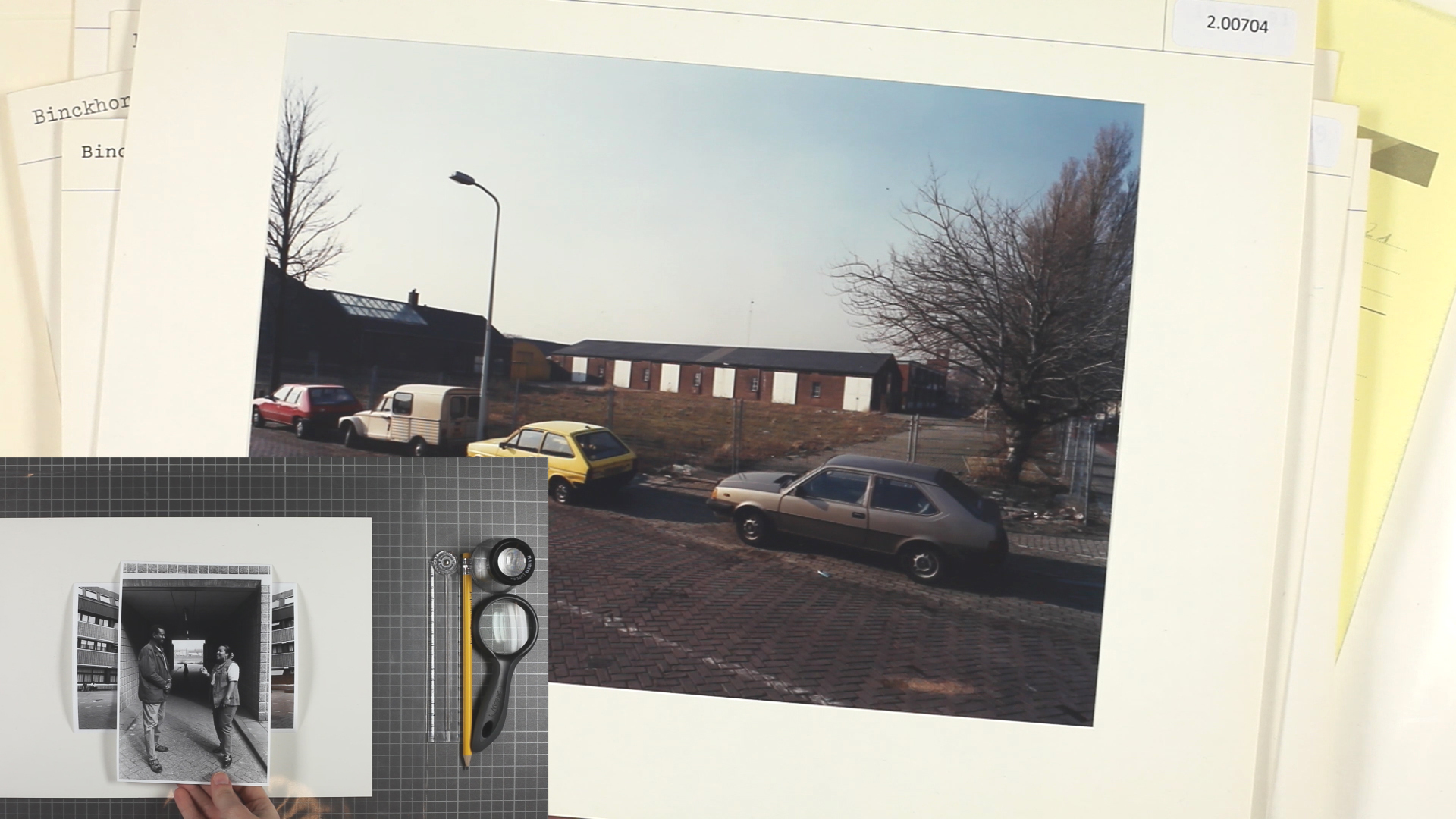
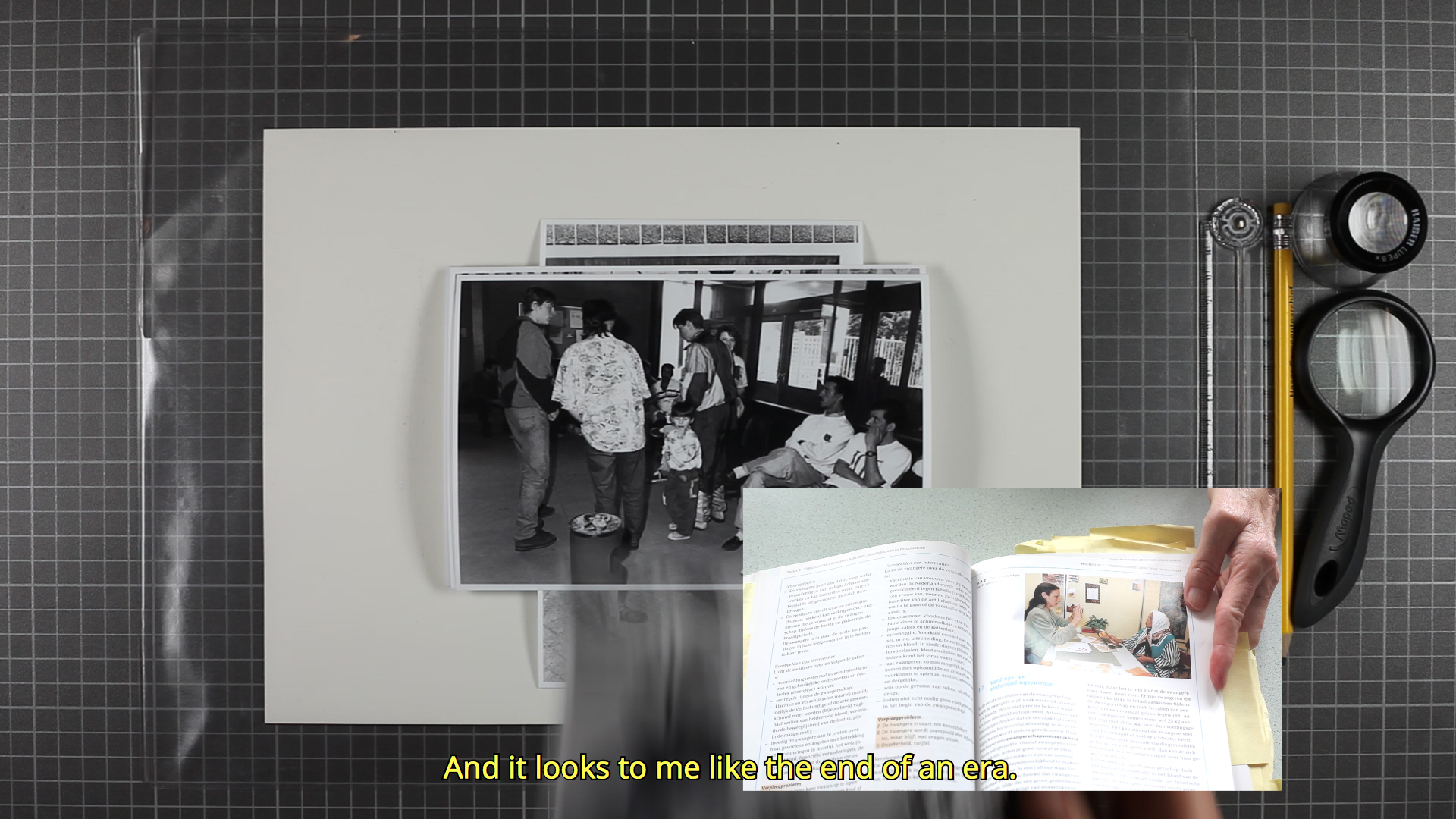
HD video, 11 minutes
Cristina Lavosi researched three temporary settlements in the Binckhorst area, connected to different periods in history; a Roma caravan camp, an asylum seeker center and a status holders’ temporary housing. Using methods of archival inquiry mainly from the Haags Gemeentearchief, Lavosi merged footage of the Binckhorst’s present configuration with historical reflections and 3D simulations of emblematic objects. The unearthed remains of a wooden wagon wheel from the late 17th century was her starting inspiration, to weave together a striking reflection on mobility and urban change spanning hundreds of years.
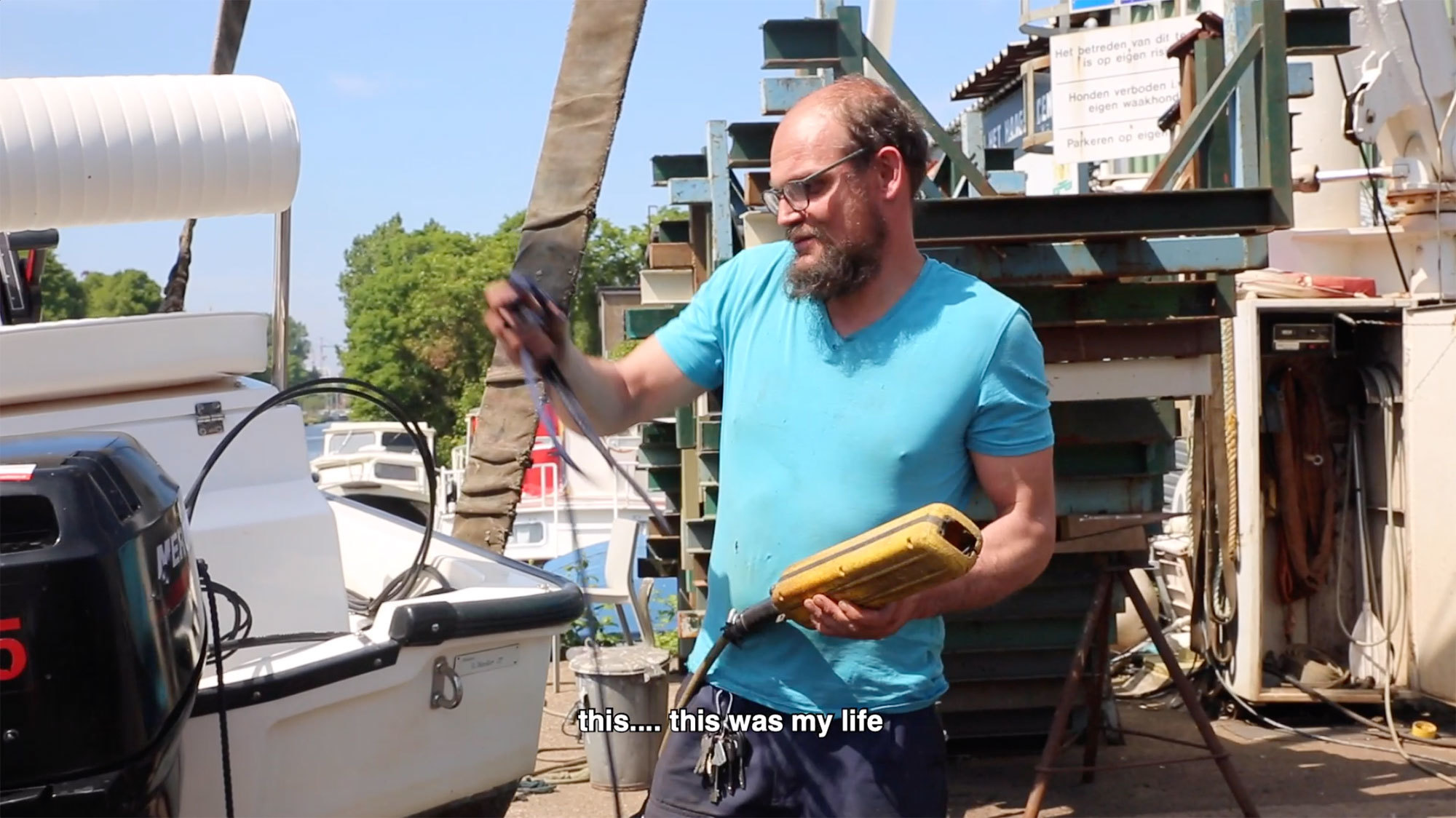
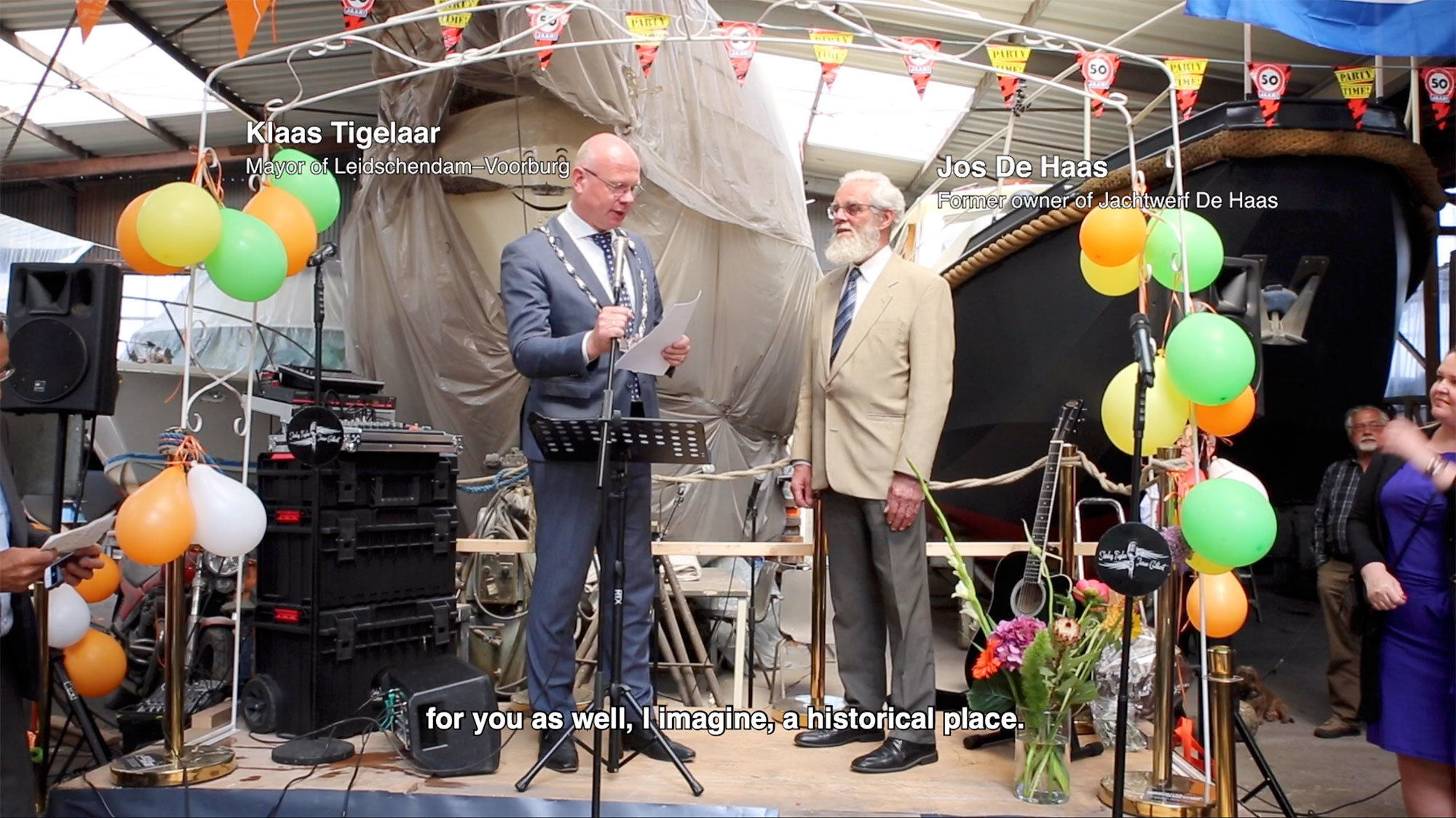
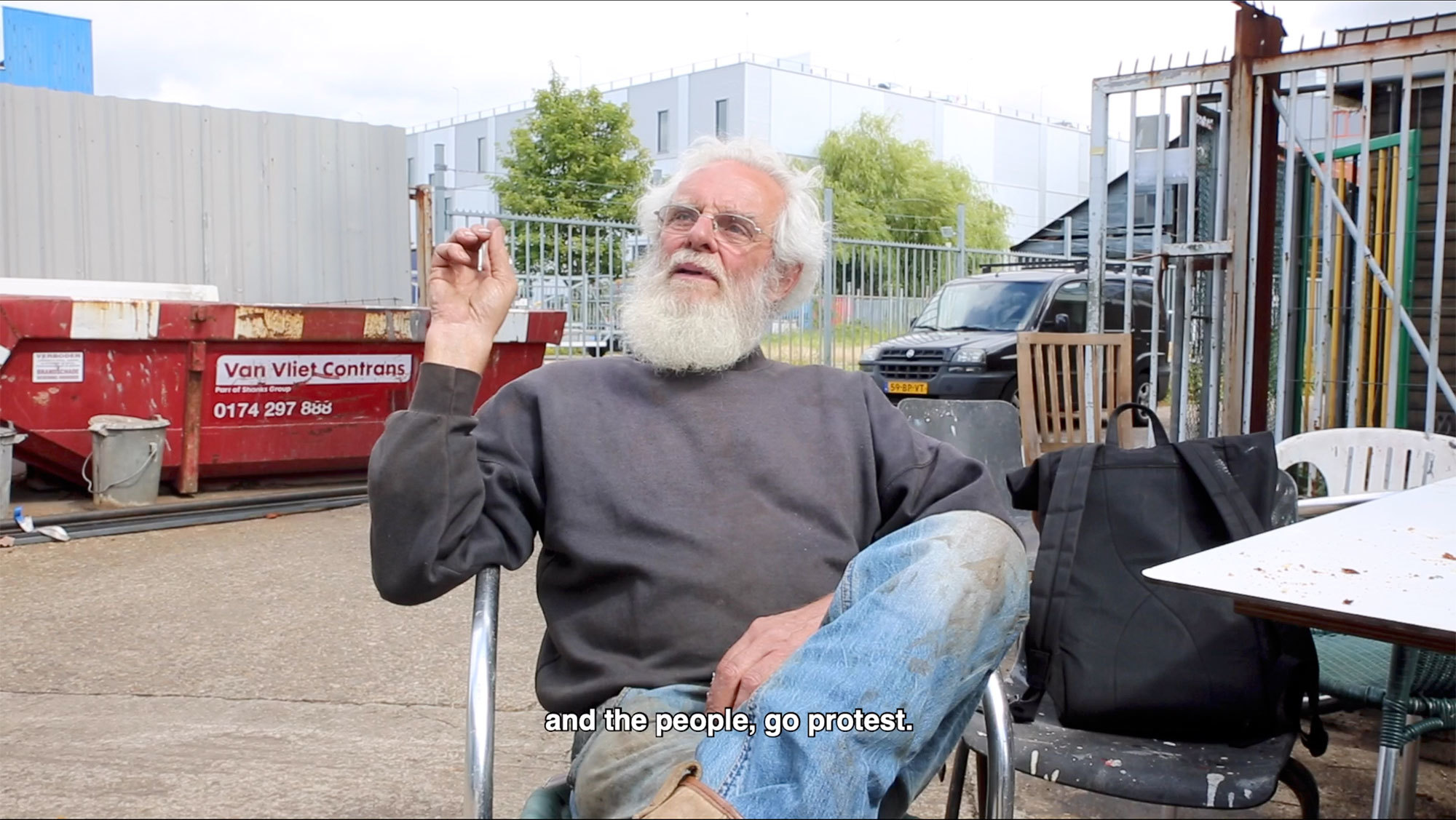
HD video, 24 minutes, 360° video
The Binckhorst is often marketed by property developers as a hip, mixed working and living hub of The Hague. Giulia Faccin and Claude Nassar chose to provide a counter-narrative by filming the mundane, everyday lives of workers at the family-owned ship repair business called Jachtwerf de Haas. Based on conversations with the owner and members of the community the film depicts intimate encounters and showcases the space in which their work and social lives intertwine. The film work aims to conserve the community by witnessing it and inviting the viewer to witness it too. Many small businesses which produce noise and dust in the Binckhorst are deemed undesirable for future urban development plans, however by conserving the vibrancy, value, and concerns of the communities, the work can be seen as a critic of current changes that can only be judged according to their future consequences
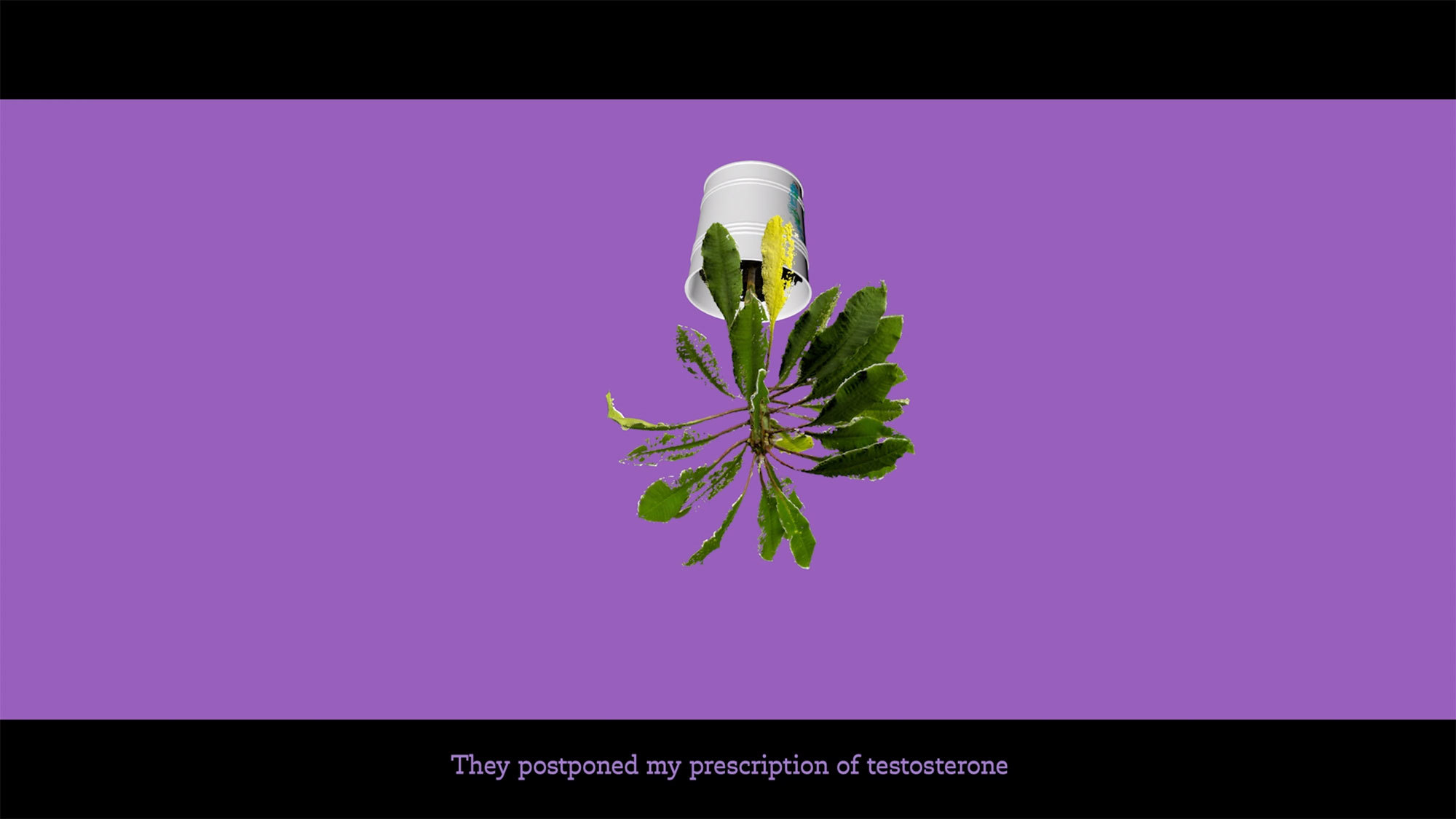
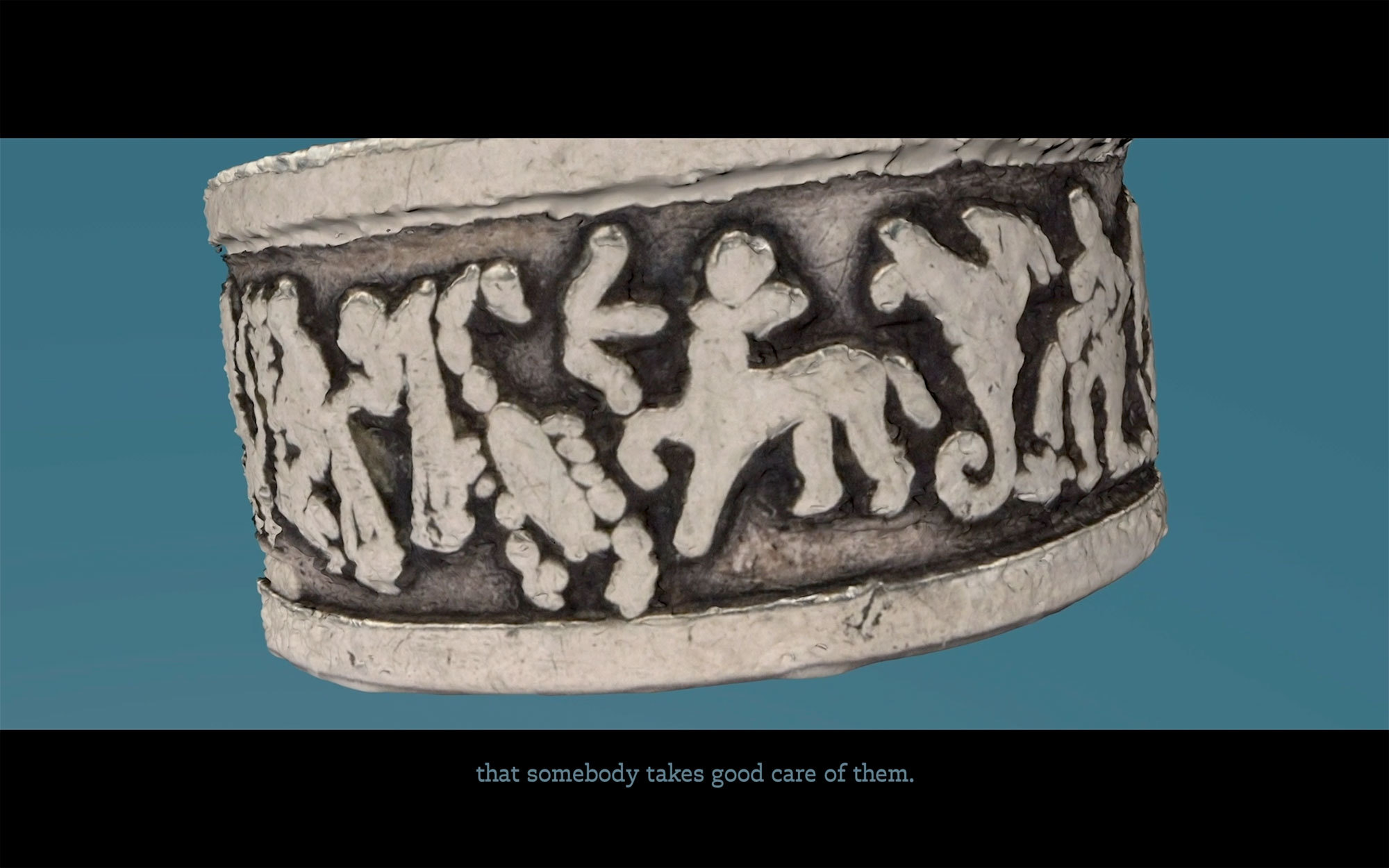
HD video, 8 minutes and publications
Cyan Bae examines considers how archaeological remains are narrated in terms of contemporary normative gender based stereotyping. Departing from a Roman silver ring with an inscription “Amo Te Vita”, or translated “I love you, my love”, excavated on the route of the Rotterdamsebaan. Bae Confronts her own bias in imagining to whom and how the ring belonged, she provides a critical perspective on the notion of ancient romance by queering local history. Queer narratives are absent and barely imagined in the museum context, which historical objects are regularly found. Through her interviews and object analysis Bae invites the viewer to witness, question and reimagine history.
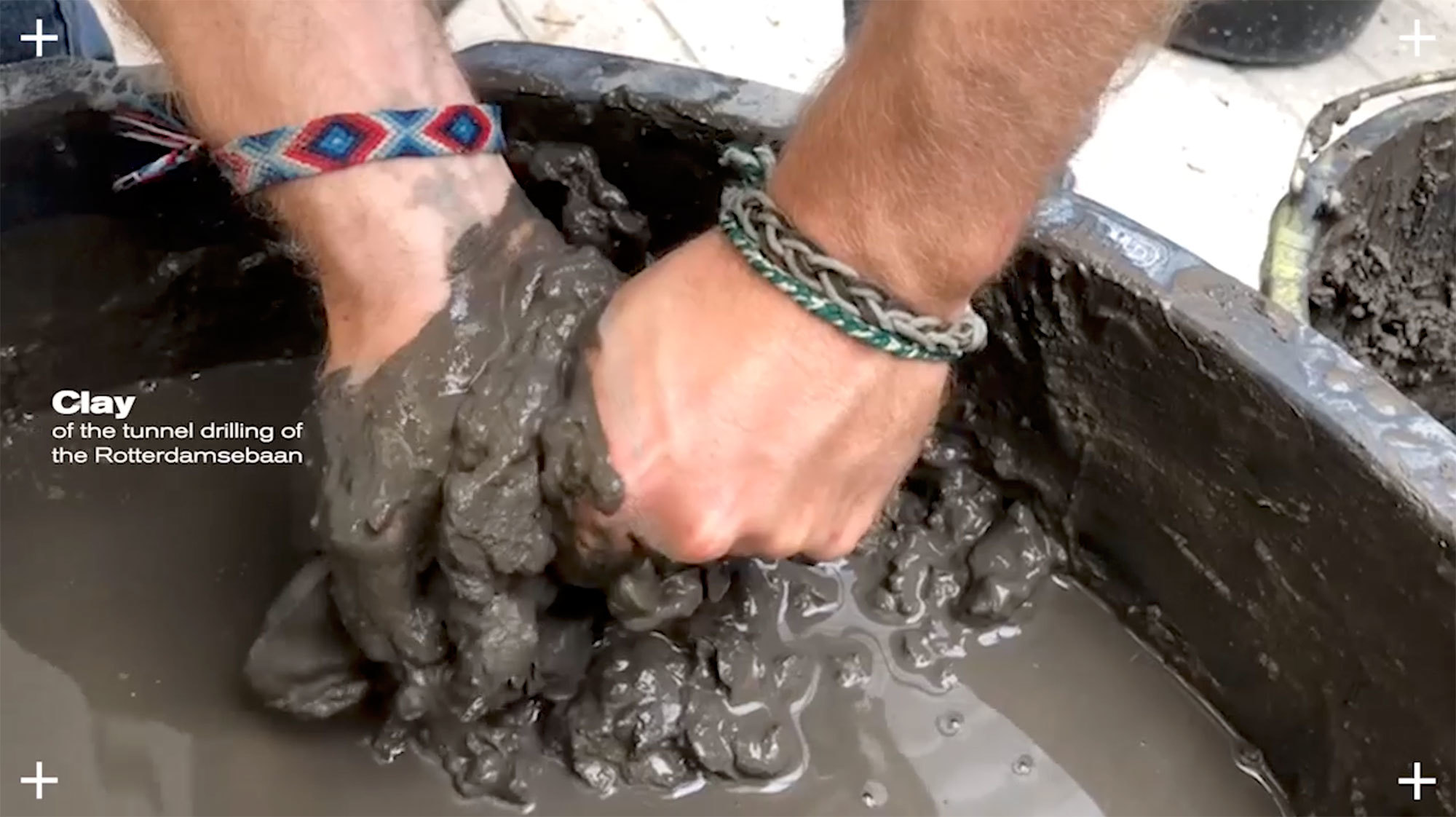
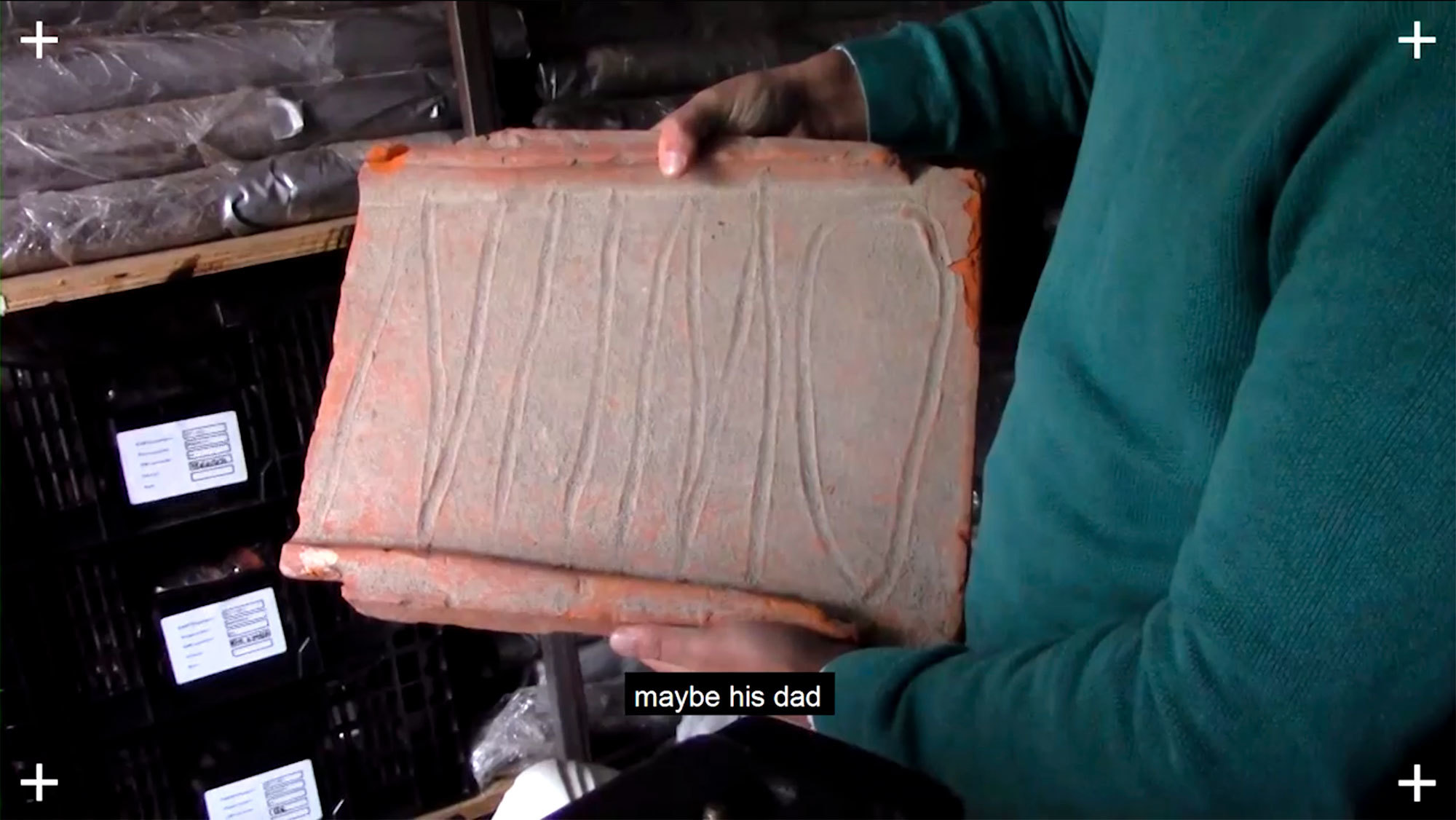
HD video, 14 minutes and clay paving stones
Before the tunnel construction of the Rotterdamsebaan, hundreds of complete Roman roof tiles were excavated near to the Drievliet Park. One of the tiles was inscribed by someone, using their finger in the partially dry clay, with the word “NIIMO” in latin, translated as “Nobody”. The motivation for the unique inscription is debated amongst the archaologiests working on the project and remains unclear. As an ode to the Rotterdamsebaan workers who left their own mark in The Hague, Meermann recreated six clay paving stones, using earth from the Rotterdamsebaan excavation. On the tiles he inscribed questions which he discussed with workers such as relating to the situation of the workers in The Hague, what they think about the tunnel and what personally will leave behind.
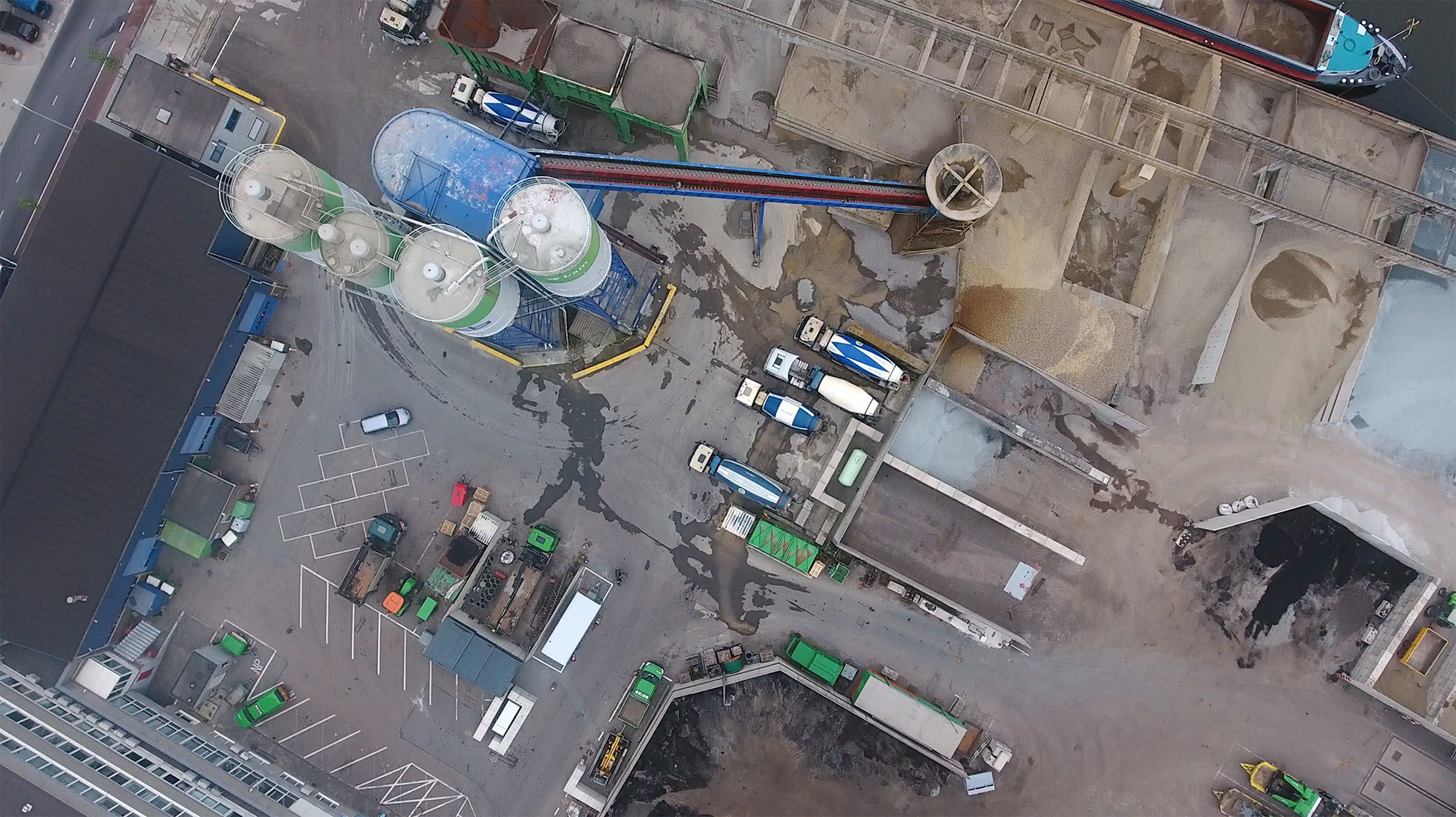
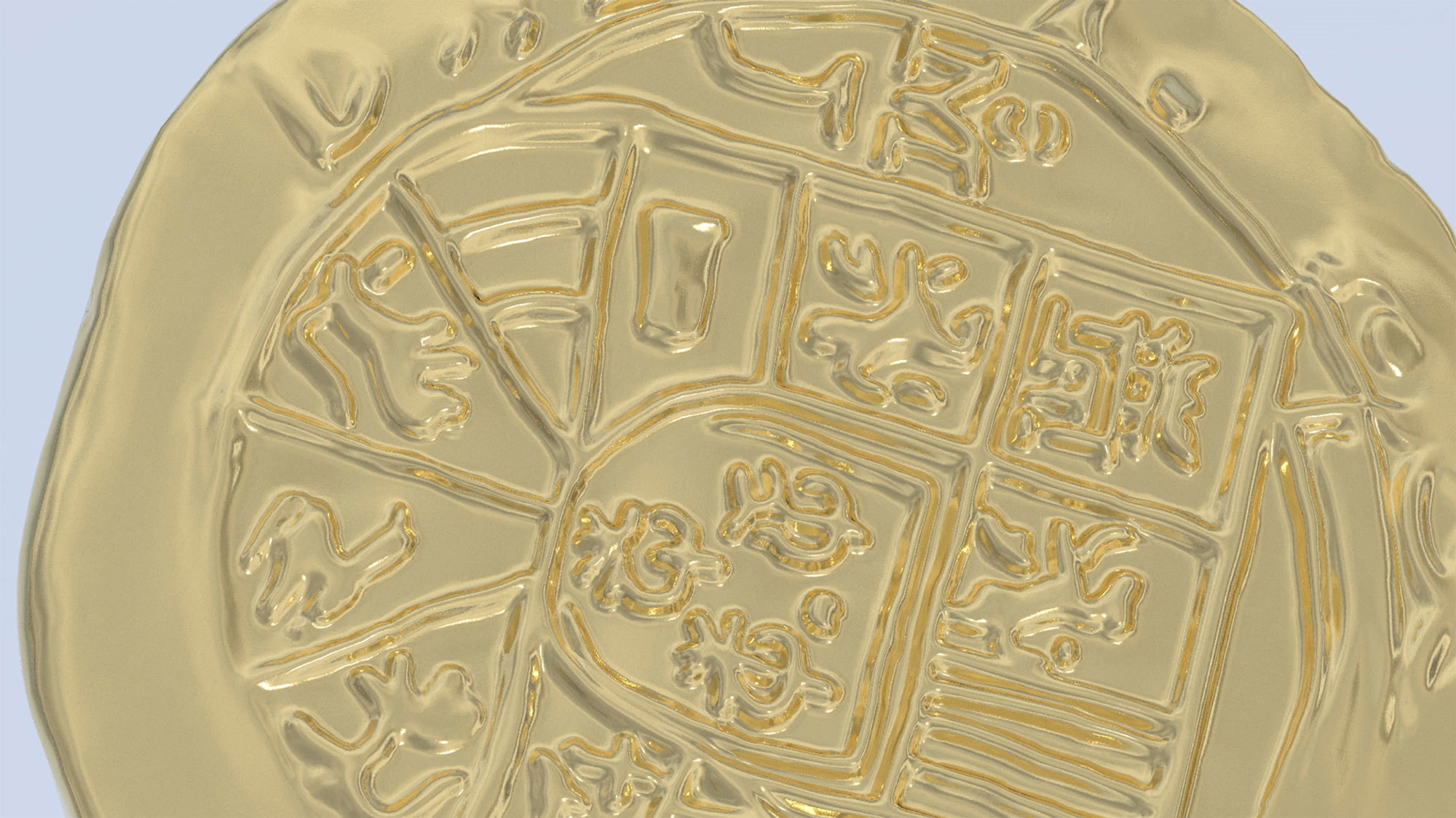
HD video, 7 minutes
Mauro Tosarelli and Hattie Wade chose the Golden Rhine Guilder, found in an excavation in the Trekvliet zone, south of The Hague as starting point. The coin was not owned by nobility, but by a man who bought land. This period in The Netherlands marked a turn from feudalism to capitalism and as a result land markets took off, introducing land as a commodity. Tosarelli and Wade conducted interviews with urban planners and property developers to investigate land value in the Binckhorst, and discover how the Rotterdamsebaan and the new Environment and Planning Act will affect development and citizens alike.
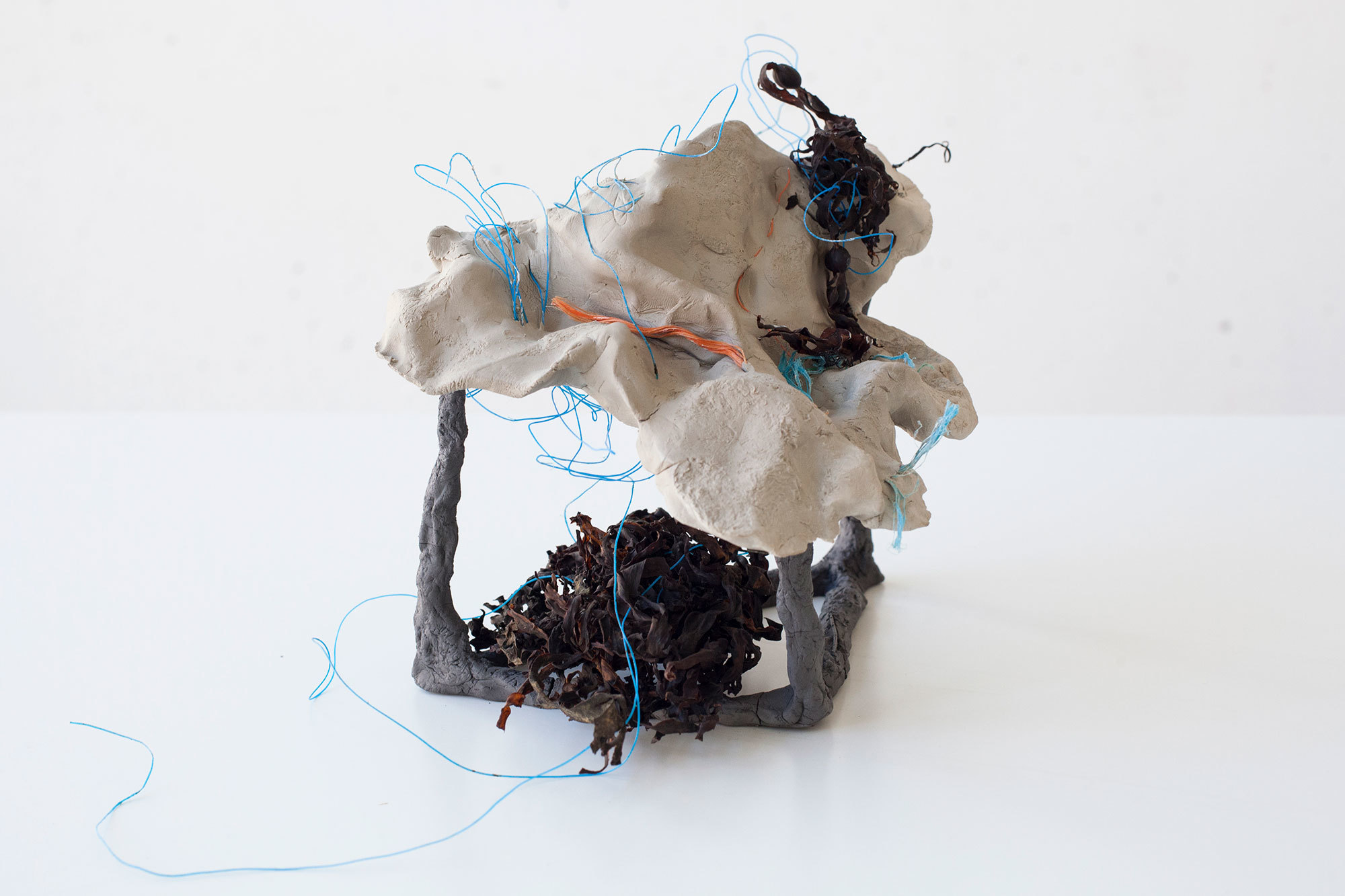
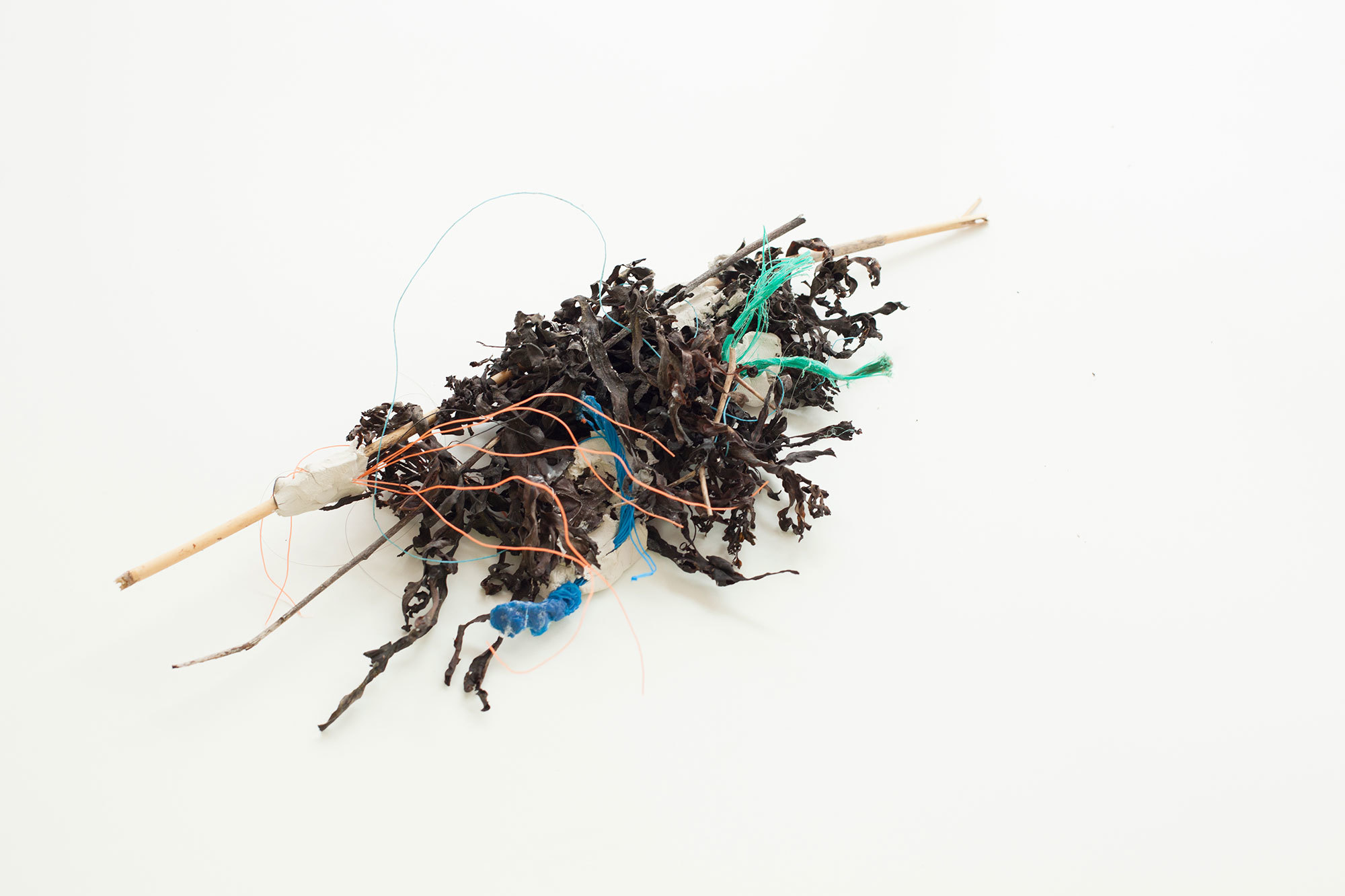
Multi-media sculptures
Kert Viiart was intigued by a fishing trap dating back to the Middle Ages and excavated at the Binckhorst. The fishing trap is made from natural materials like reeds and rope which have luckily not decomposed and are preserved until today. Viiart compares plastics used for contemporary fishing, such as nylon and polyester for fishing traps, nets, and monofilaments. Decomposition of plastics can take as long as 600 years to disintegrate. Archeologists today usually do not conserve found plastic objects amongst excavation debris, but Viiart speculates about future archaeology, by creating his own variations of mixed and natural remains, sourced from the seaside in The Hague.
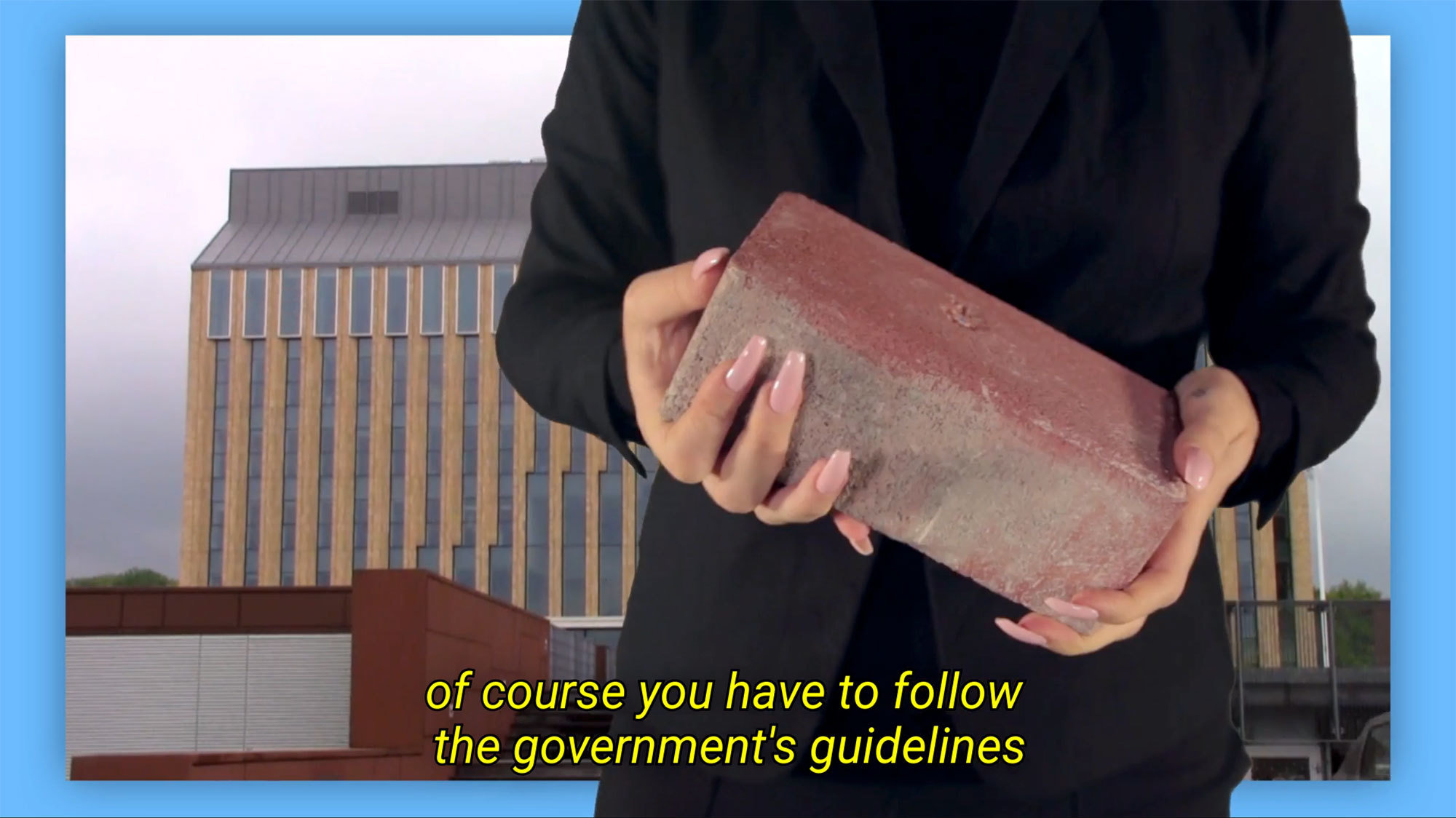
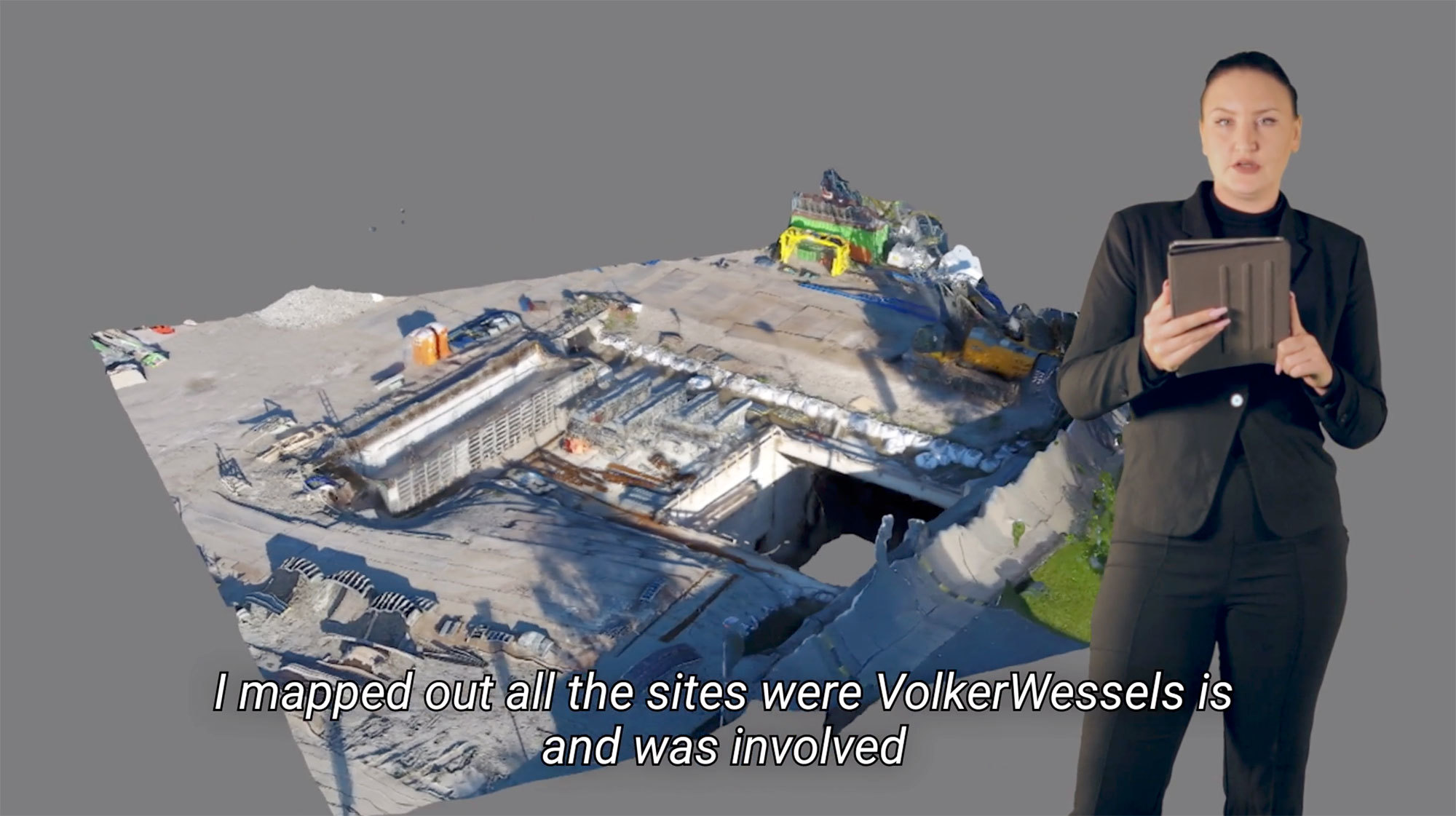
HD video 9 min 30 sec
Lila Steinkampf analyses the ideology and durability of building projects in The Hague, specifically at the Dutch construction company called VolkerWessels. By investigating the vision of contemporary construction companies she contextualised modern building artefacts as if they were archaeological finds. VolkerWessels is currently engaged in at least six large projects in The Hague, including the Rotterdamsebaan and therefore as case study offers perspective on how a single private company shapes the urban landscape.
De tentoonstelling
Het project concludeerde met de tentoonstelling Six Degrees of Separation in November 2019.
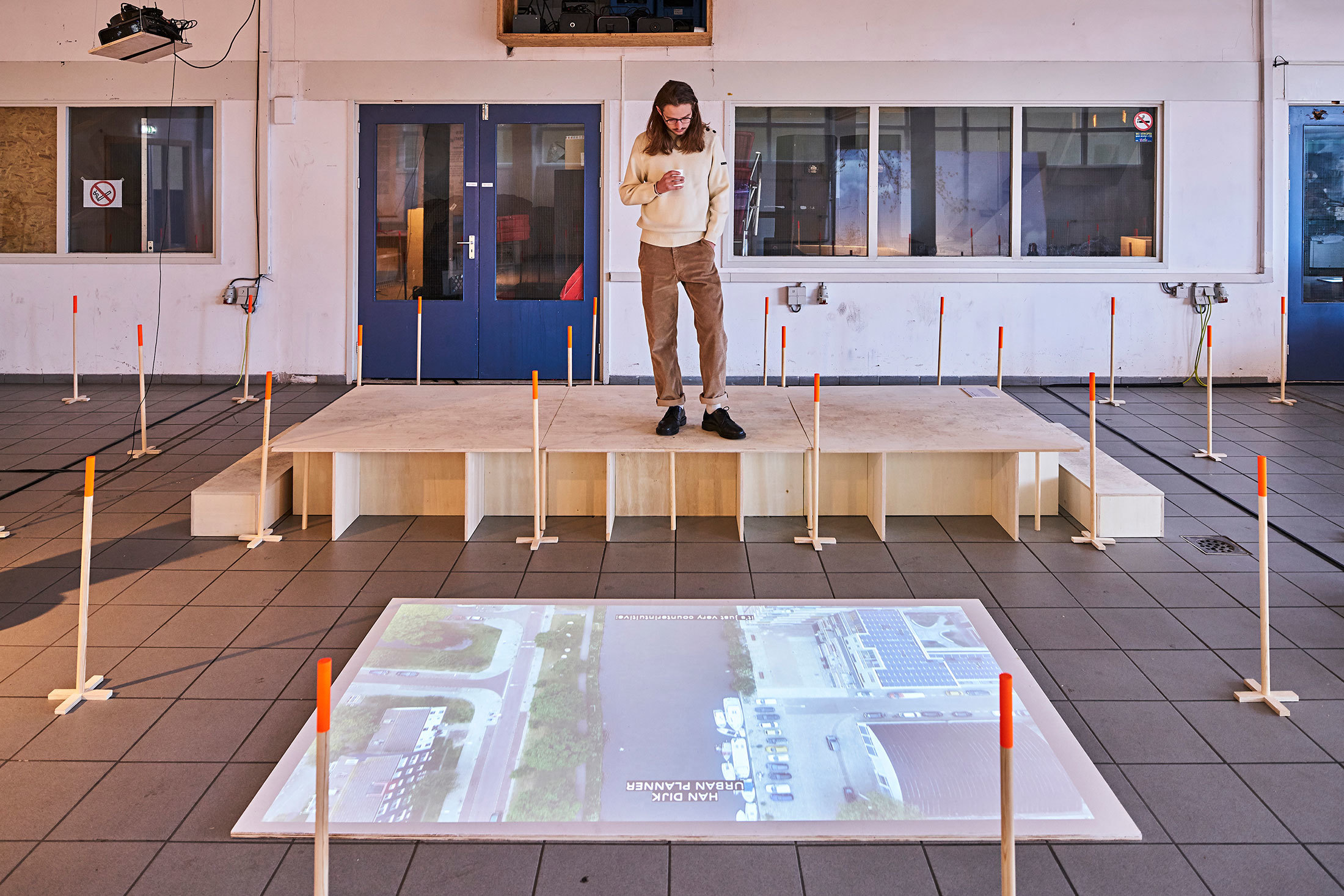
De tentoonstelling Six Degrees of Separation brengt verschillende verhalen samen die onderwerpen als landspeculatie, vastgoedontwikkeling, migratie en bedreigd vakmanschap verkennen. Het werk van de studenten is ontstaan door middel van uitgebreid veldwerk in samenwerking met ondernemers van het snel gentrificerende Binckhorst-gebied, waar een deel van de Rotterdamsebaan wordt aangelegd.
Het doel was om één gekozen historisch object in maximaal zes stappen te verbinden met hedendaagse discussies en overeenkomsten te vinden tussen archeologische onderzoeksmethoden en op ontwerp gebaseerd onderzoek.
Participating students
Cyan Bae, Giulia Faccin, Cristina Lavosi, Felix Meermann, Claude Nassar, Lila Steinkampf, Mauro Tosarelli, Kert Viiart, Hattie Wade
Project details
Partners
Rotterdamsebaan, afdeling Archeologie van de Gemeente Den Haag, Stroom Den Haag
Year
2019
Results
research projects, exhibition, video narratives, multimedia sculptures
